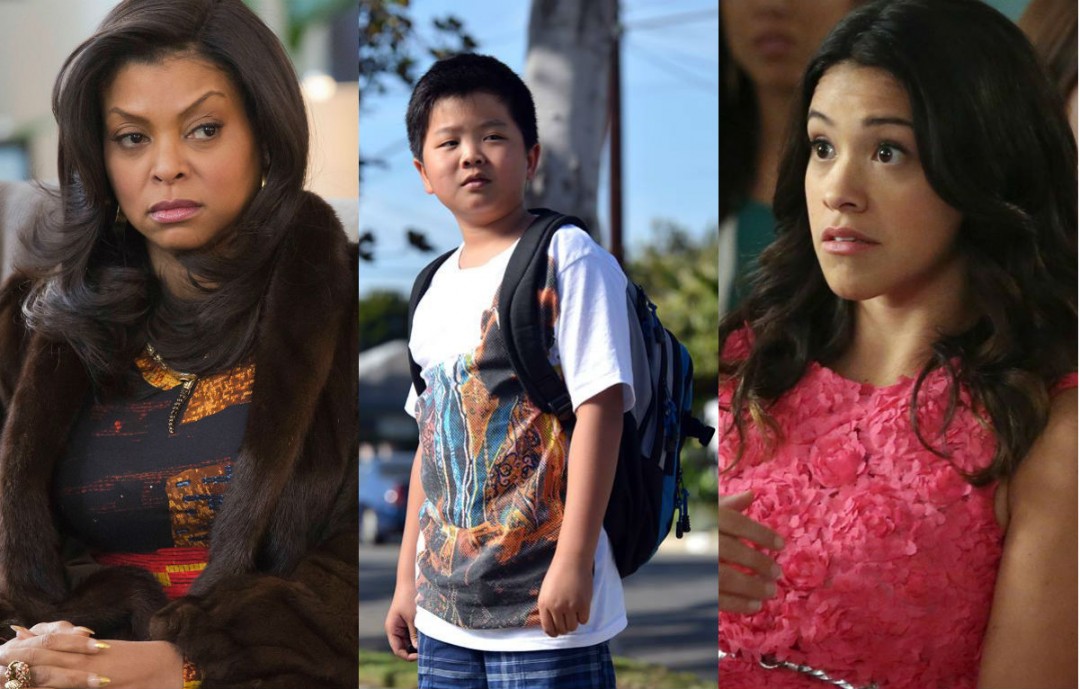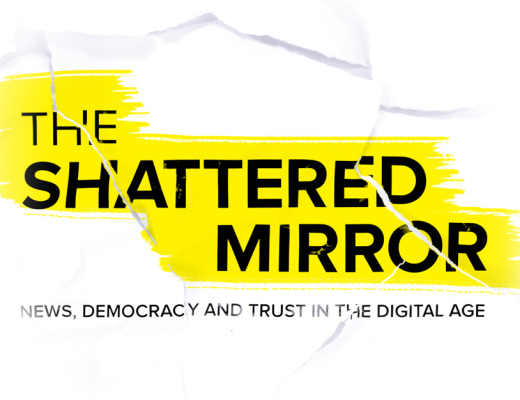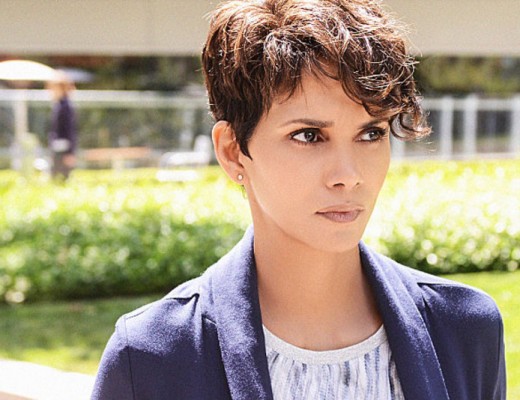Growing up in North America as a person of color, I rarely saw myself reflected on screen.
The times I did manage to catch a glimpse of someone who looked like me, they were inevitably caricatures of human beings, full of stereotypes and devoid of personality. Every ethnic minority portrayed on television or in film seemed to be plucked from a list of two-dimensional stock characters. East Asian? Martial artist or nerd. African-American? Basketball player or criminal. Latino? Cleaner or sexpot. Arab? Belly dancer or terrorist.
The crazy thing is it never occurred to me, until much later, that this was harmful. I just accepted the homogenous sea of white faces staring back at me each day from my favorite TV shows and movies. After all, it was — and is — the norm.
The crazy thing is it never occurred to me, until much later, that this was harmful
But occasionally, I was confronted head-on with my otherness.
As an 8- or 9-year-old snooping around my older, cooler cousin’s magazine stash in the mid-’90s, I remember poring over a multiple-choice quiz in Seventeen magazine, which confidently declared it could determine the type of woman I was based on my answers. One question asked for my hair color, and presented me with three options to choose from: blonde, brunette, redhead. I paused for some time, looking for “black hair,” before circling the closest match (brunette) and quickly moving on.
It was a similar situation on television and in film. Throughout the early aughts when I was a teen, high-profile actors of East Asian descent were limited to male martial artists (e.g. Jackie Chan, Jet Li) and Lucy Liu, someone frequently cast in “dragon lady” roles. I couldn’t relate to these caricatures, and so consumed white faces and white experiences, while questioning why my life as a second-generation Canadian/daughter of Hong Kong immigrants didn’t live up to so many false ideals.
Like other people of color, my life and my experiences were never validated on screen.
Like other people of color, my life and experiences were never validated on screen
Today, the landscape has improved, but we still have a long way to go. Empire, Black-ish Jane the Virgin, Fresh off the Boat and Shondaland shows, as well as movies like 12 Years a Slave and Selma, attract both critical acclaim and widespread attention, but the reality is they’re still in the minority.
My goal with The Other Wave is to build on recent momentum, so that diversity on screen — not to mention, behind it — doesn’t just become a fleeting trend, but rather a permanent fixture.
In her Golden Globes acceptance speech, Jane the Virgin star Gina Rodriguez said her award “represents a culture that wants to see themselves as heroes.” It’s a beautiful sentiment, but let’s not limit ourselves. I want to see myself as a hero and as an antihero — anyone with real thoughts and feelings. People of color, like all people, are complex and multidimensional, which is why it only makes sense to represent that on screen.
The Other Wave will showcase work that tells stories from and featuring people of color, as well as other minorities. It will also explore all movies, TV shows and media through a diverse lens.
“Other” doesn’t have to mean “different, foreign, strange” — my hope is that these stories will resonate with everyone, and show that we’re all fundamentally the same.
– Anita




2 Comments
SO PROUD OF YOU NEEDA.
Thanks, Glo! xoxo